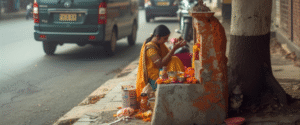8 Best South Asian Books to Read in 2025

This South Asian Heritage Month, journey through the region’s heart and heritage, one powerful read at a time
Celebrated from July 18 to August 17, the South Asian Heritage Month is an annual celebration of the rich history and culture of South Asia. Literature and storytelling has always been a huge part of South Asian culture, and today, we’ve curated a list of literary gems from 8 South Asian countries.
Hani and Ishu’s Guide to Fake Dating by Adiba Jaigirdar (Bangladesh)
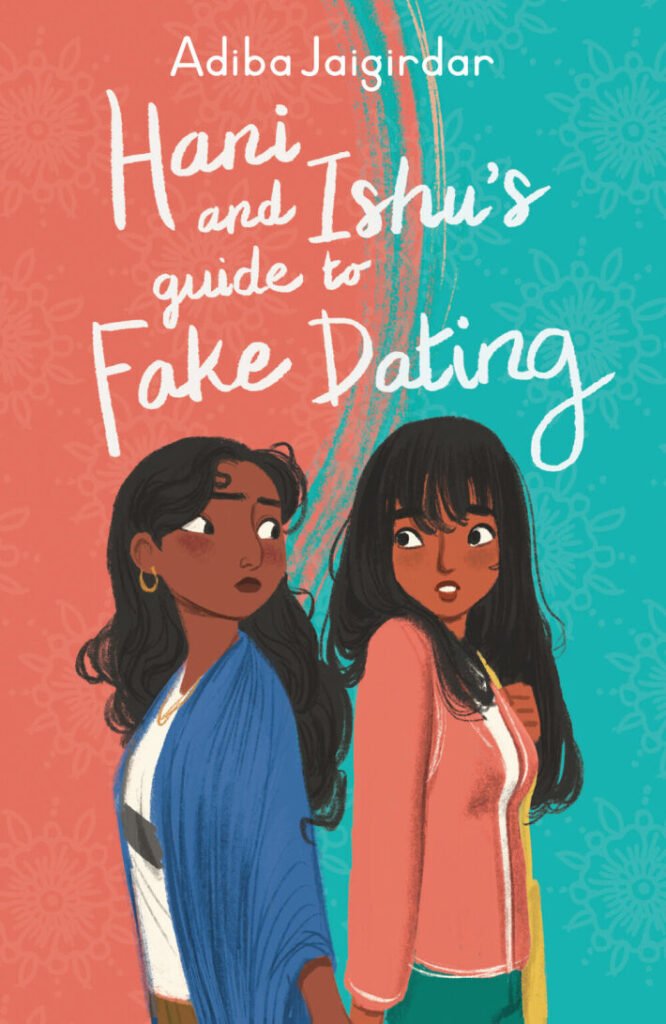
Image Credits:https://adibajaigirdar.com/photos
There are few tropes that make my heart unreasonably happy, and a combination of fake dating and grumpy x sunshine is definitely the way to my heart. There’s something so fun about watching two people pretend to be in a relationship, and gradually realise that their pretense has turned into something real, and it’s even more fun watching them trying to keep up the facade (and fail miserably).
In this novel by Bangladeshi-Irish writer Adiba Jaigirdar, two teen girls fake a relationship, and as per the laws of this beloved trope, find something real. Humaira “Hani” Khan is easy-going, warm and popular, while Ishita “Ishu” Dey is driven, an academic overachiever and sharper. When Hani comes out to her friends as bisexual, they invalidate her sexuality attributing to the fact that she has only ever dated boys. In a state of panic and in a desperate attempt to prove them wrong, Hani blurts out that she’s in a relationship with Ishu, a girl her friends have a strong hatred towards. Ishita agrees to help Hani, in exchange for associated popularity that will set her on the path to becoming Head Girl. What starts out as a mutually beneficial pact turns into a
Despite its contemporary nature, the book delves into themes of cultural assimilation, racism, homophobia, Islamophobia and parental abandonment. There is an excellent balance of light fluff and heavier themes in the novel, making it the perfect YA read.
I read Jaigirdar’s debut novel, The Henna Wars, a few years back, and fell in love with the way she portrays her characters, their culture and their struggles. This one was no different, with all its intricacies and
“Sometimes I think that maybe I like guys more as a concept than a reality. And girls more as a reality than a concept.”
If you’re looking for a YA contemporary that is a perfect blend of a light, good-natured story and a thoughtful exploration of identity, family expectations, and cultural belonging, this one absolutely delivers.
The Seven Moons of Maali Almeida by Shehan Karunatilaka (Sri Lanka)
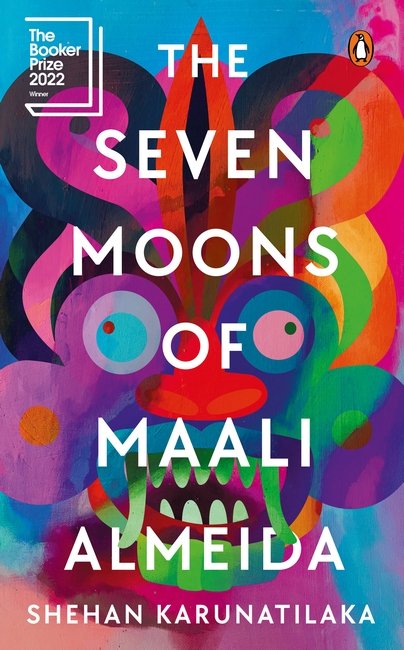
Image Credits:: https://www.penguin.co.in/book/the-seven-moons-of-maali-almeida/
If Hani and Ishu’s Guide to Fake Dating was a fluffy, deeply felt exploration of identity through the lens of contemporary YA, The Seven Moons of Maali Almeida takes a wildly different tone.
Set in Colombo in the late ’80s, one of the bloodiest periods in Sri Lanka’s civil conflict, the novel opens with the protagonist Maali Almeida waking up dead. A war photographer, gambler, and closeted gay man, Maali has been murdered. But in Karunatilaka’s vividly imagined version of the afterlife, death is only the beginning.
Maali is given seven moons (aka seven nights) to solve the mystery of his own death and lead his loved ones, including his boyfriend and best friend, to a secret stash of photos that expose the country’s atrocities. What unfolds is part murder mystery, part political satire, part spiritual fable, all of it driven by intense prose.
The book is a brilliant exploration of truth, memory, and justice. Karunatilaka doesn’t flinch from Sri Lanka’s brutal history, nor does he moralise.
“You are not the you that you think you are. You are everything you have thought and done and been and seen.” If you’re ready for something bold, chaotic, and surprisingly moving, something that talks to death about life, this is it.
Amal Unbound by Aisha Saeed (Pakistan)
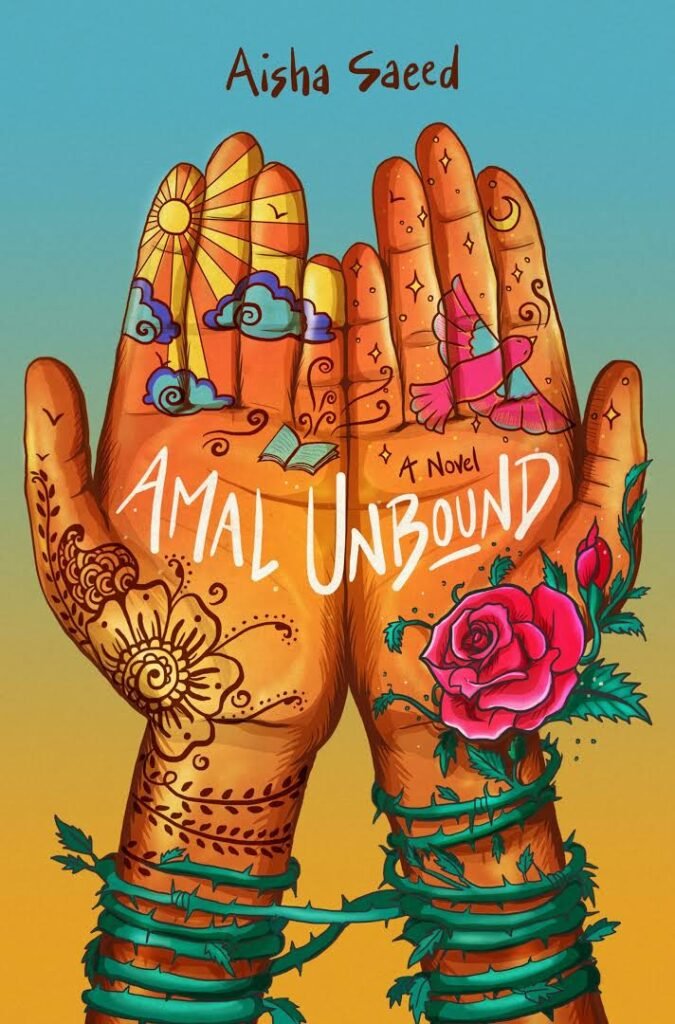
Image Credits:https://aishasaeed.com/amalunbound/
Set in a small village in Pakistan, the story follows Amal, a bright, ambitious 12-year-old girl who dreams of becoming a teacher. Her life takes a sharp turn when she speaks up against the wrong person, the son of the local feudal landlord, and is forced into indentured servitude at his estate to “make up for” a family debt. What unfolds is a story of resilience, courage, and how one voice can challenge systems that seem untouchable.
There’s something deeply frustrating (in a good way) about reading Amal’s story. The injustice is real and familiar, but it’s also handled in a way that doesn’t overwhelm. Aisha Saeed doesn’t paint Amal as a perfect, larger-than-life heroine. She’s a kid that is smart, scared, stubborn, and hopeful. And that’s what makes her so easy to root for.
This is a book that talks about class inequality, patriarchy, and education without ever becoming a lecture. The writing is accessible, the pacing is tight, and the emotional beats land in a way that feels authentic.
It’s technically a middle-grade novel, but it’s not one you outgrow. If you’re looking for something that’s straightforward yet impactful, Amal Unbound is a solid pick, especially if you’re interested in stories where quiet rebellion makes all the difference.
“You always have a choice. Making choices even when they scare you because you know it’s the right thing to do – that’s bravery.” If you enjoyed books like I Am Malala or The Breadwinner, this will hit a similar note, but with more fiction
The Pearl That Broke Its Shell by Nadia Hashimi (Afghanistan)
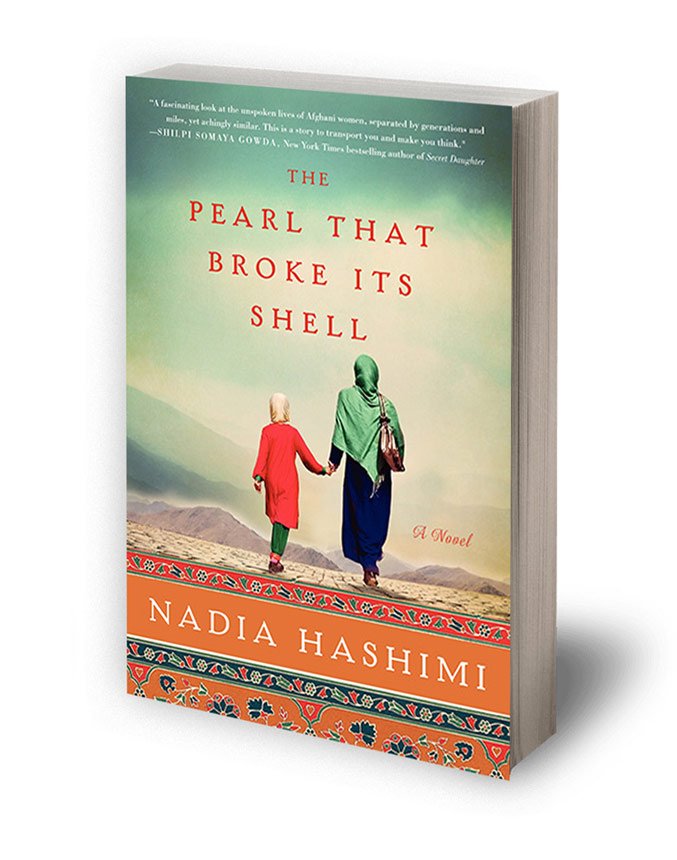
Image Credits:: : https://nadiahashimibooks.com/the-pearl-that-broke-its-shell/
This is one of those books that quietly stays with you. The Pearl That Broke Its Shell tells two parallel stories, a century apart, of two Afghan women navigating a world that has always tried to limit them.
In the present-day storyline, we meet Rahima, a young girl in Kabul whose drug-addicted father can’t provide for the family. Since her parents have no sons, Rahima becomes a bacha posh, a girl who is dressed and treated as a boy to give the family more social freedom. It offers Rahima a taste of independence she doesn’t want to give up, but of course, it’s temporary. Her fate is still in the hands of those around her.
Interwoven with Rahima’s life is the story of her great-great-grandmother Shekiba, who also disguised herself as a man generations earlier, this time to serve as a guard at the king’s palace. Through Shekiba’s journey, Rahima begins to understand not just her family’s past, but the power of defiance, even in the smallest form.
The book isn’t subtle. It deals with early marriage, gender roles, domestic abuse, and the repeated silencing of women. But it does so through characters who feel real and situations that, unfortunately, still exist. What keeps it from feeling too heavy is Hashimi’s matter-of-fact storytelling. She doesn’t romanticize pain or offer dramatic resolutions. She shows what survival looks like, especially for women who’ve had no choice but to be brave.
“The human spirit, you know what they say about the human spirit? It is harder than a rock and more delicate than a flower petal.” The Pearl That Broke Its Shell isn’t a light read, but it’s an important one, especially if you want to better understand the personal costs of systemic injustice.
Gatecrashing Paradise by Tom Chesshyre (Maldives)
If you’ve ever wondered what lies beyond the glossy resort photos of the Maldives, Gatecrashing Paradise gives you a peek behind the curtain.
Written by British travel writer Tom Chesshyre, this book is part travelogue, part investigative peek into the contradictions of paradise. Chesshyre visits the Maldives not as a honeymooner or influencer, but as a curious outsider asking uncomfortable questions. What is life like for the locals who work behind the scenes in this tourism-driven economy? Who owns these islands, really? And how does the nation balance its image as a luxury getaway with its environmental and political challenges?
The book is written with a journalist’s eye and a traveler’s curiosity. It doesn’t romanticise the destination, but it doesn’t dismiss it either. Chesshyre meets resort staff, expats, boat operators, and everyday citizens, piecing together a more complex view of the Maldives than you’re likely to find in a travel brochure.
If you’re someone who enjoys travel writing that goes beyond checklists and into the real layers of a destination, this is a good pick, especially to contrast with the Maldives’ usual portrayal as a backdrop for romance and escape.
The Star-Touched Queen by Roshani Chokshi (India)
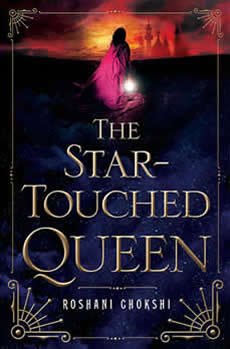
Image Credits:https://www.roshanichokshi.com/books/the-star-touched-queen/
If you’ve ever wanted a fairytale with teeth, one that’s filled with magic, destiny, and a heroine who refuses to be reduced to just a prophecy, The Star-Touched Queen delivers.
Written by Roshani Chokshi, who draws from Indian mythology and folklore, this YA fantasy tells the story of Maya, a princess whose horoscope predicts death and destruction. Feared and isolated because of it, she’s grown used to the shadows, until a political arrangement thrusts her into an unexpected marriage with Amar, a mysterious king of a realm that’s more dreamlike than real. What follows is a journey that blends romance, myth, and self-discovery.
At its core, this is a story about agency; about learning to trust your instincts, even when fate seems written in stone. Maya isn’t a passive character; she questions, challenges, and grows. That said, this isn’t a fast-paced, plot-heavy fantasy. It leans more on atmosphere, emotions, and inner transformation than constant action. There’s a lushness to the world: magical doors, memory trees, realms between life and death, that gives the story a timeless, otherworldly feel.
“No matter where we are, we’ll always share the same sky. We can always find each other in the same constellation.”
Chokshi’s prose is vivid and descriptive, but not overly complicated. If you enjoy mythology-inspired fantasy and like your romances with a little mystery and magic, this is a great pick. It’s a fantasy novel that doesn’t just borrow from Indian culture, but it’s rooted in it.
As we celebrate South Asian Heritage Month, let these books remind us that while our roots shape us, it’s the stories we carry and share that connect us.
Seasons of Flight by Manjushree Thapa (Nepal)
In Seasons of Flight, Manjushree Thapa explores the complexity of immigration and identity through the story of Prema, a young woman from Nepal who resettles in the U.S. after winning the green card lottery. A former conservation worker back home, Prema finds herself in Los Angeles, trying to carve out a new life while still carrying the weight of her past.
This is a quiet, introspective novel about emotional displacement, that is, what it means to be physically in one place but mentally tethered to another. Prema’s journey is marked by everyday observations and internal shifts as she navigates unfamiliar relationships, culture, and the lingering trauma of war back home.
The writing is restrained but layered, revealing the small but significant moments of disorientation and discovery that come with migration.
“Our lives are a catalogue of random occurrences that hew us into who we are. We drift from circumstance to circumstance, pointing to the attributes that result from our adaptations and say: This is who I am.”
If you’re looking for a reflective read that speaks to the in-betweenness many immigrants experience, Seasons of Flight is a quiet but resonant choice.
Lomba by Pema Euden (Bhutan)
Lomba is a charming, culturally rich middle-grade novel that gives readers a rare glimpse into Bhutanese life through the eyes of a young girl.
There’s a lovely mix of realism and superstition in this story. Euden handles it with simplicity and warmth, making the story accessible for younger readers while also offering depth for older ones who want to explore themes like generational memory and belonging.
What stands out most is the setting. From the food to the landscape to the community rituals, Lomba gives you a textured, honest look at a place and festival that rarely feature in mainstream fiction. And while it’s clearly written with Bhutanese readers in mind, it’s welcoming to everyone.
If you’re looking for a short, culturally grounded story that feels personal and celebratory, Lomba is a beautiful entry point into Bhutanese literature, especially for younger readers, or anyone curious about how stories can keep tradition alive.
Which one will you read first? Let us know!


